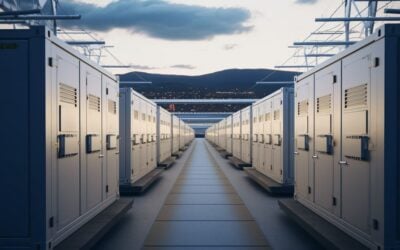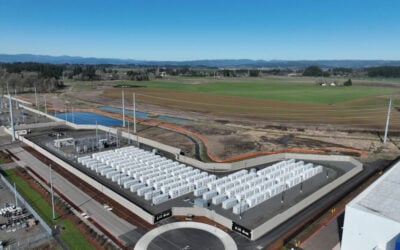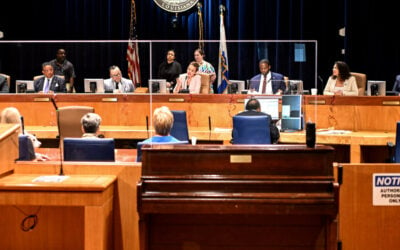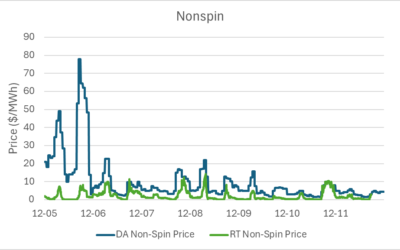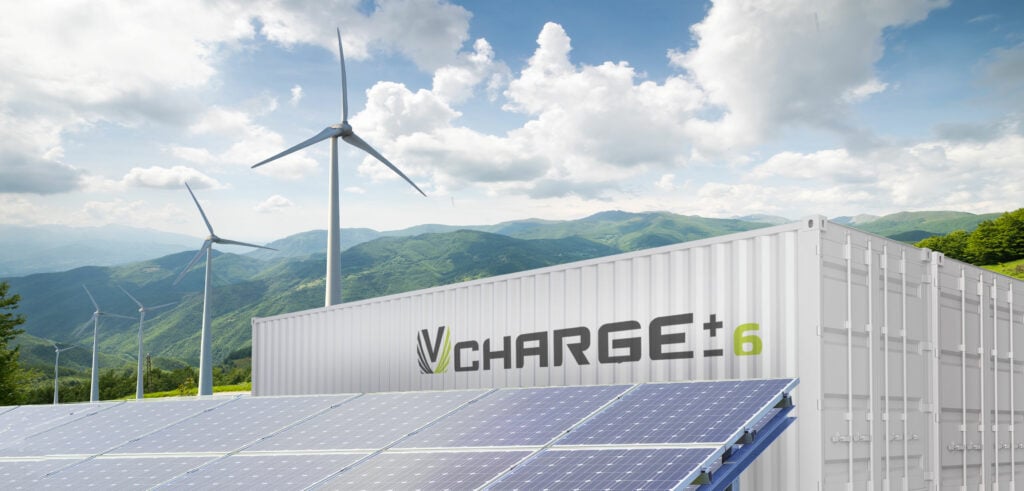
Four flow battery manufacturing research and development (R&D) projects will each receive a share of US$17.9 million funding from the US Department of Energy (DoE).
The Department announced its investment into the projects yesterday, aimed at helping to commercialise and scale-up cost-effective long-duration energy storage technologies.
At the same time, the DOE said it is offering US$9 million of financial support to provide fairer access to energy storage for low-income communities.
Through the Energy Storage for Social Equity Initiative, communities will be able to apply for expert assistance to assess whether energy storage can help them make their homes and infrastructure more resilient while lowering their energy costs.
Try Premium for just $1
- Full premium access for the first month at only $1
- Converts to an annual rate after 30 days unless cancelled
- Cancel anytime during the trial period
Premium Benefits
- Expert industry analysis and interviews
- Digital access to PV Tech Power journal
- Exclusive event discounts
Or get the full Premium subscription right away
Or continue reading this article for free
Energy Storage Grand Challenge funding for flow
The R&D funding awards are part of the DOE’s Energy Storage Grand Challenge, a competitive funding opportunity for companies developing ways to help meet a growing need for cheap and effective multi-hour energy storage technologies. The UK’s government has since followed suit with its own £68 million (US$96.12 million) long-duration energy storage innovation competition.
Through the Challenge, the DOE has set a goal for cost reduction in long-duration storage of 90% by 2030, called the Long Duration Storage Shot and analogous to the Sunshot Initiative which was so instrumental in lowering the cost of solar energy in the US a few years back.
The DOE is also helping to get a US$75 million long-duration energy storage research centre built at Pacific Northwest National Laboratory, which is expected to open by or during 2025. Secretary of Energy Jennifer Granholm famously expressed a view earlier this year that flow batteries are “good for grid storage,” and these enthusiastic words appear to be carrying over into action.
The latest support includes funding and management of selected projects through the Advanced Manufacturing Office at the DOE’s Office of Energy Efficency and Renewable Energy, while final testing and validation at various US national laboratories will also be paid for. Each funded project targets the grid-scale or industrial energy storage market segment.
Recipients of the US$17.9 million funding are:
Largo Clean Energy: Primary vanadium producer Largo Resources has set up Largo Clean Energy, its Massachusetts-headquartered subsidiary focused on creating a vertically-integrated flow battery business. The company and its partners will receive US$4.9 million to develop and demonstrate manufacturing processes for affordable grid-scale flow batteries.
TreadStone Technologies: The New Jersey-headquartered company is developing technologies for manufacturing electrodes and bipolar plates for flow batteries. TreadStone and its partners will receive US$4.99 million — the biggest share of the new funding revealed yesterday.
OTORO Energy: Colorado-headquartered OTORO Energy and its partners will receive US$4.14 million to progress the novel metal chelate flow battery technology the company has developed. OTORO claims its non-vanadium electrolyte flow battery can come in at lower cost than competitors’ batteries, using abundant, mass-produced materials.
Quino Energy: US$4.58 million goes to California-headquartered Quino Energy and its partners for its R&D into making a scalable and cost-effective production process for aqueous organic flow battery reactants.

